Mauremys leprosa
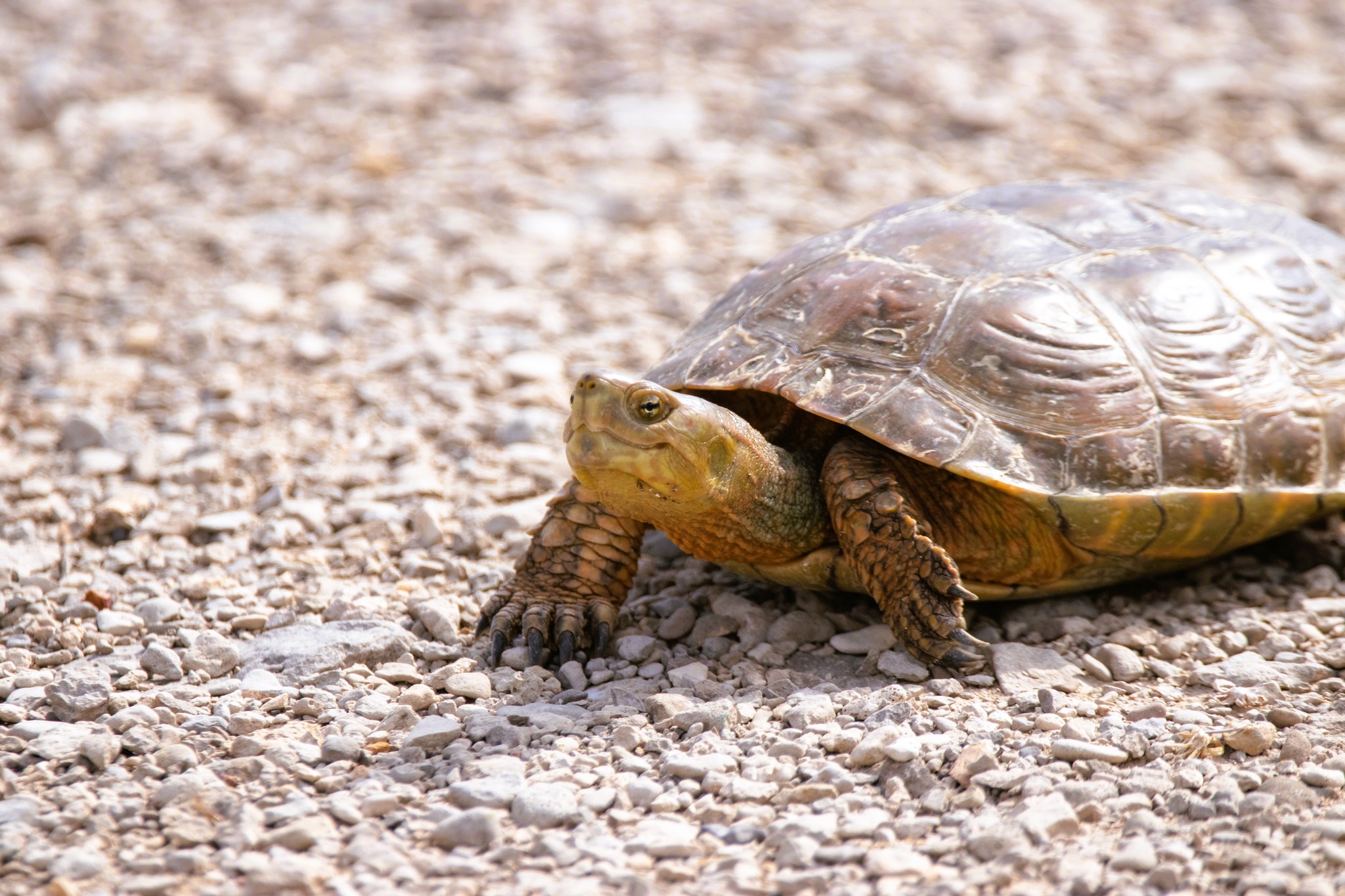


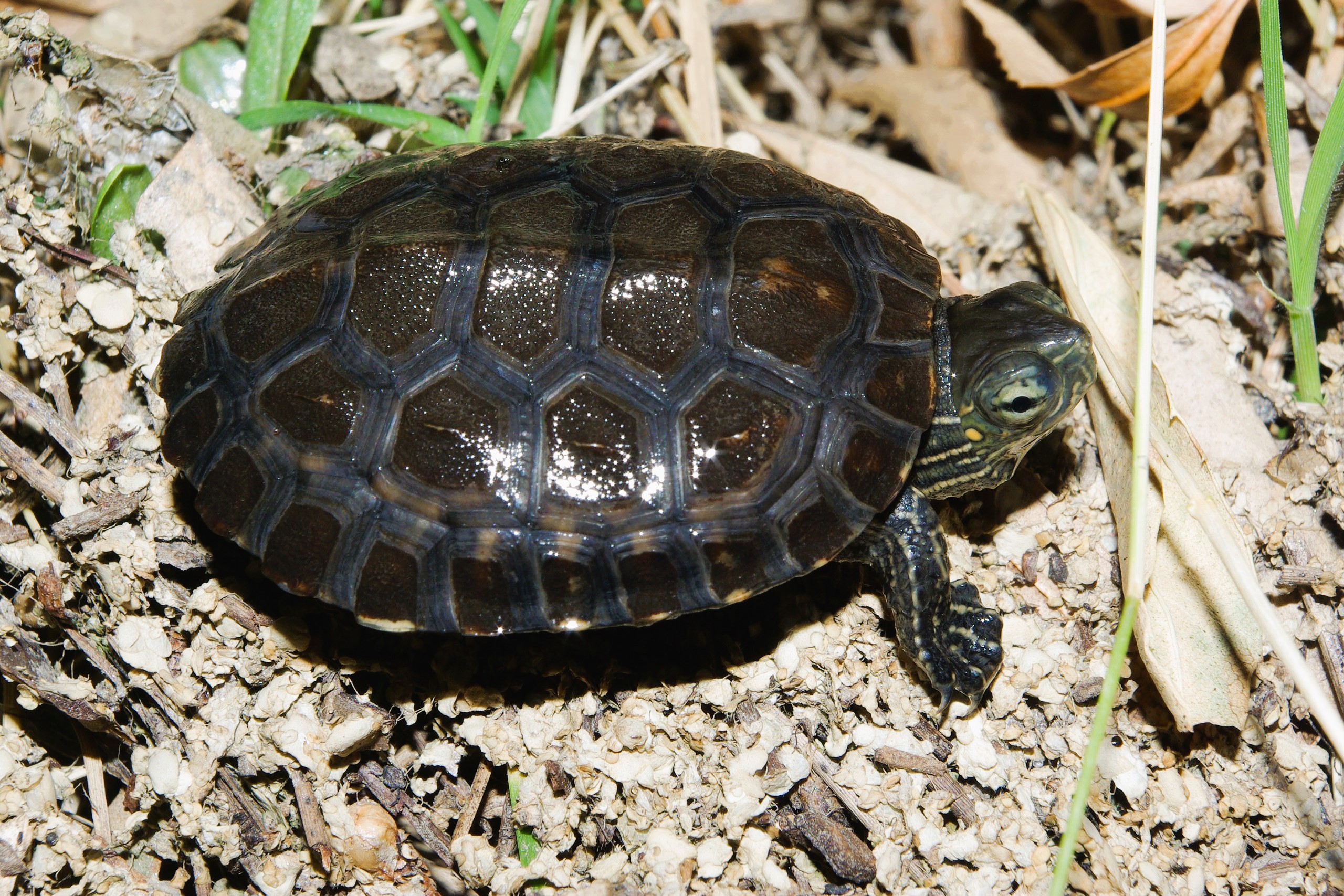
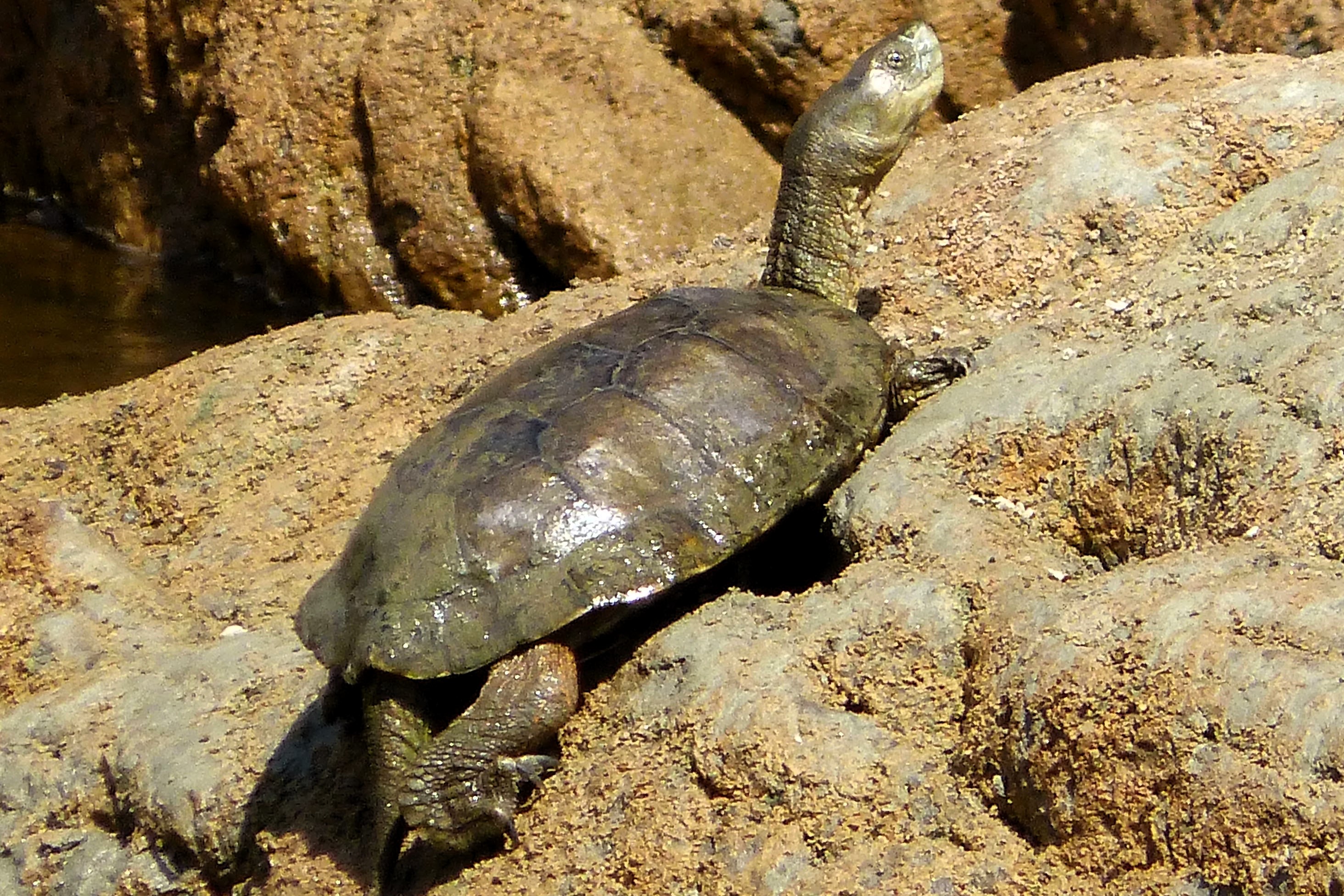
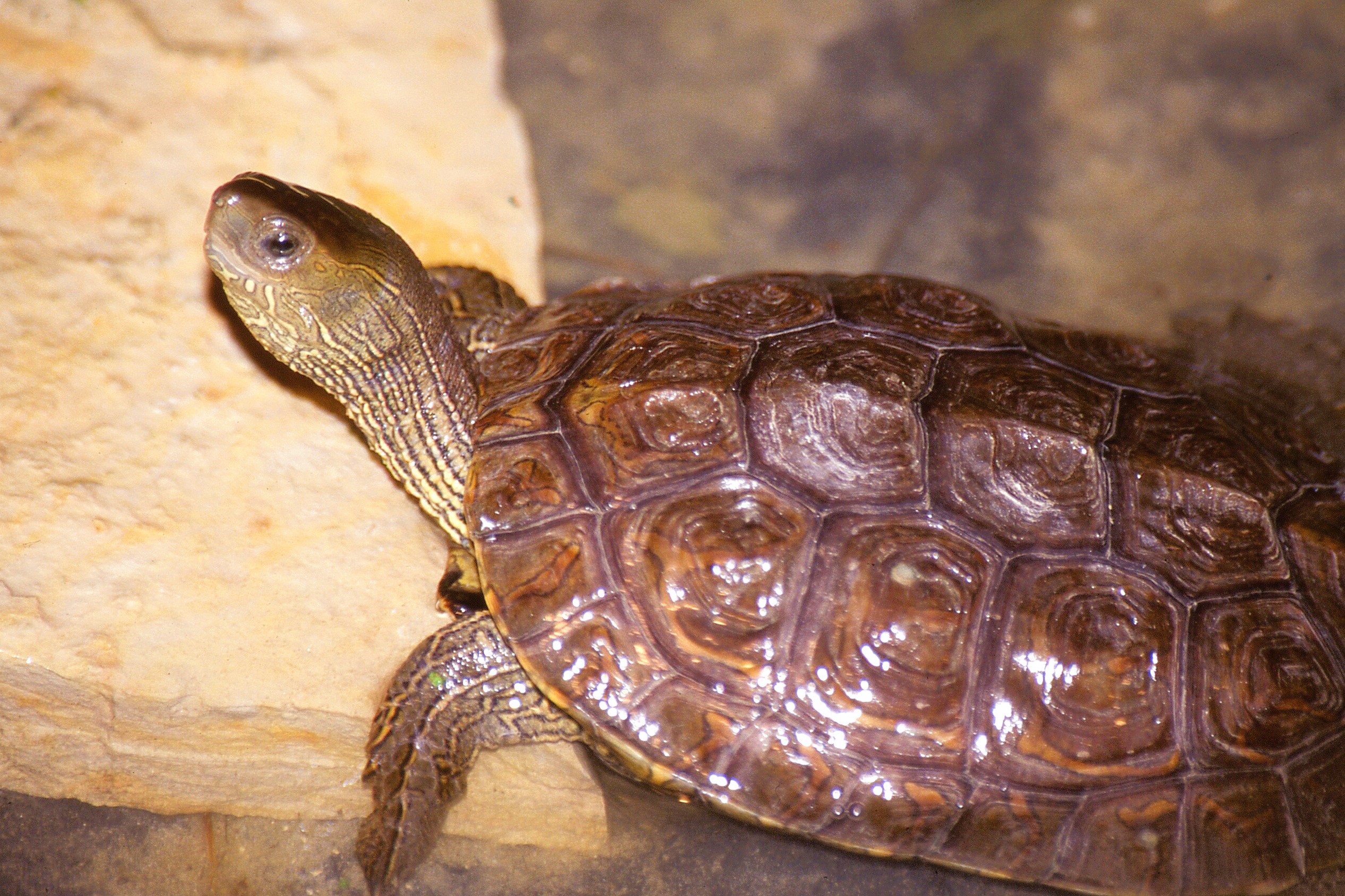
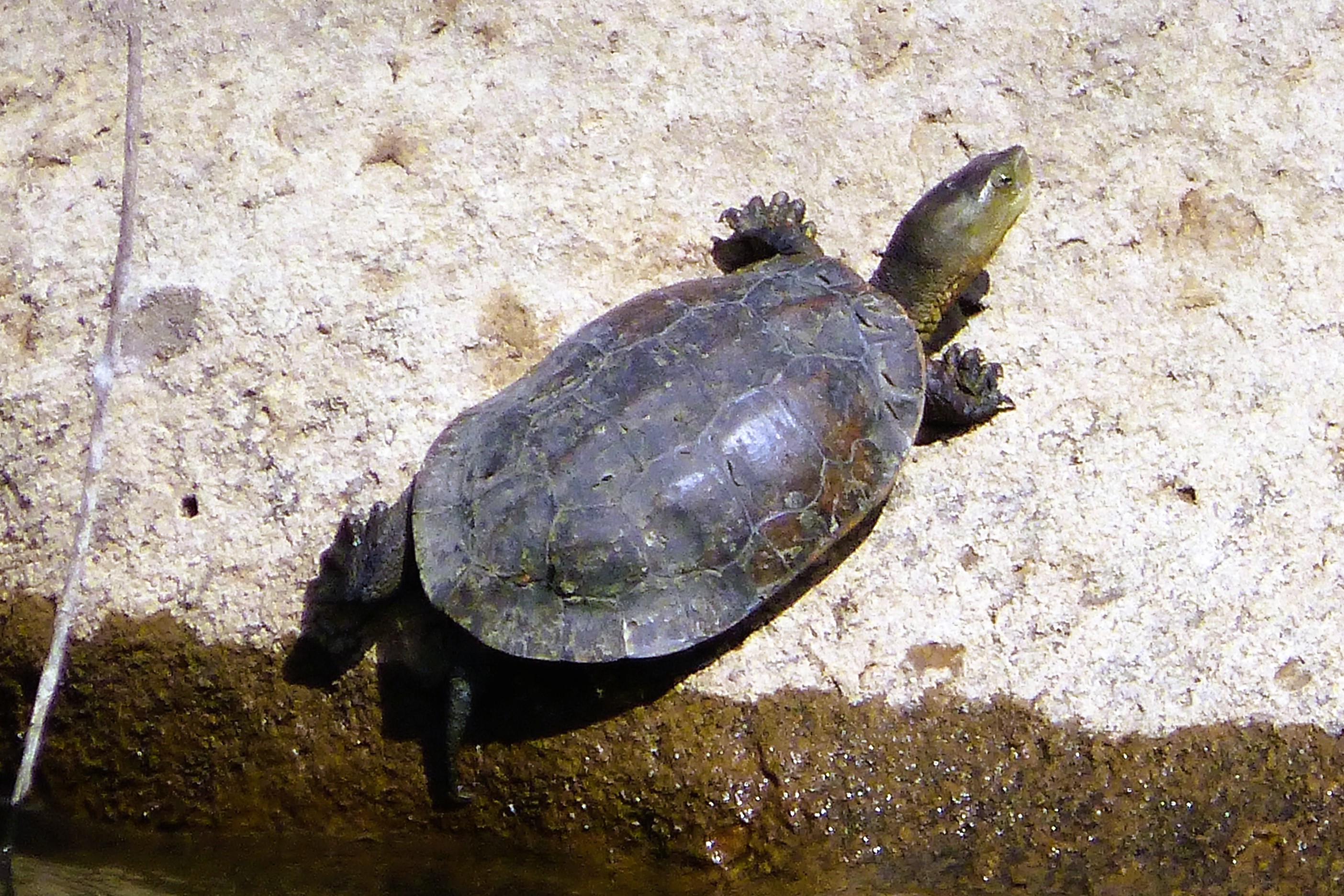
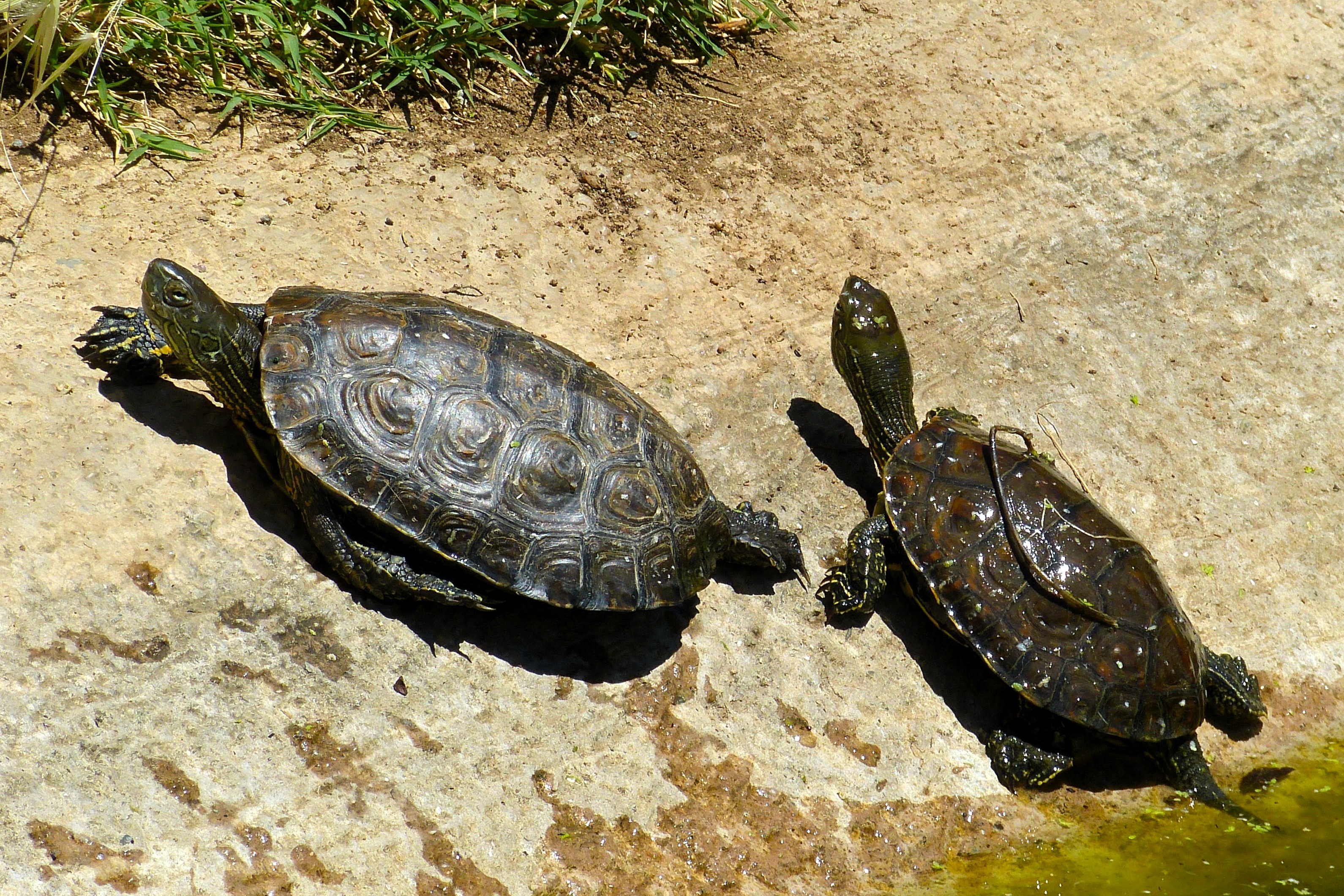

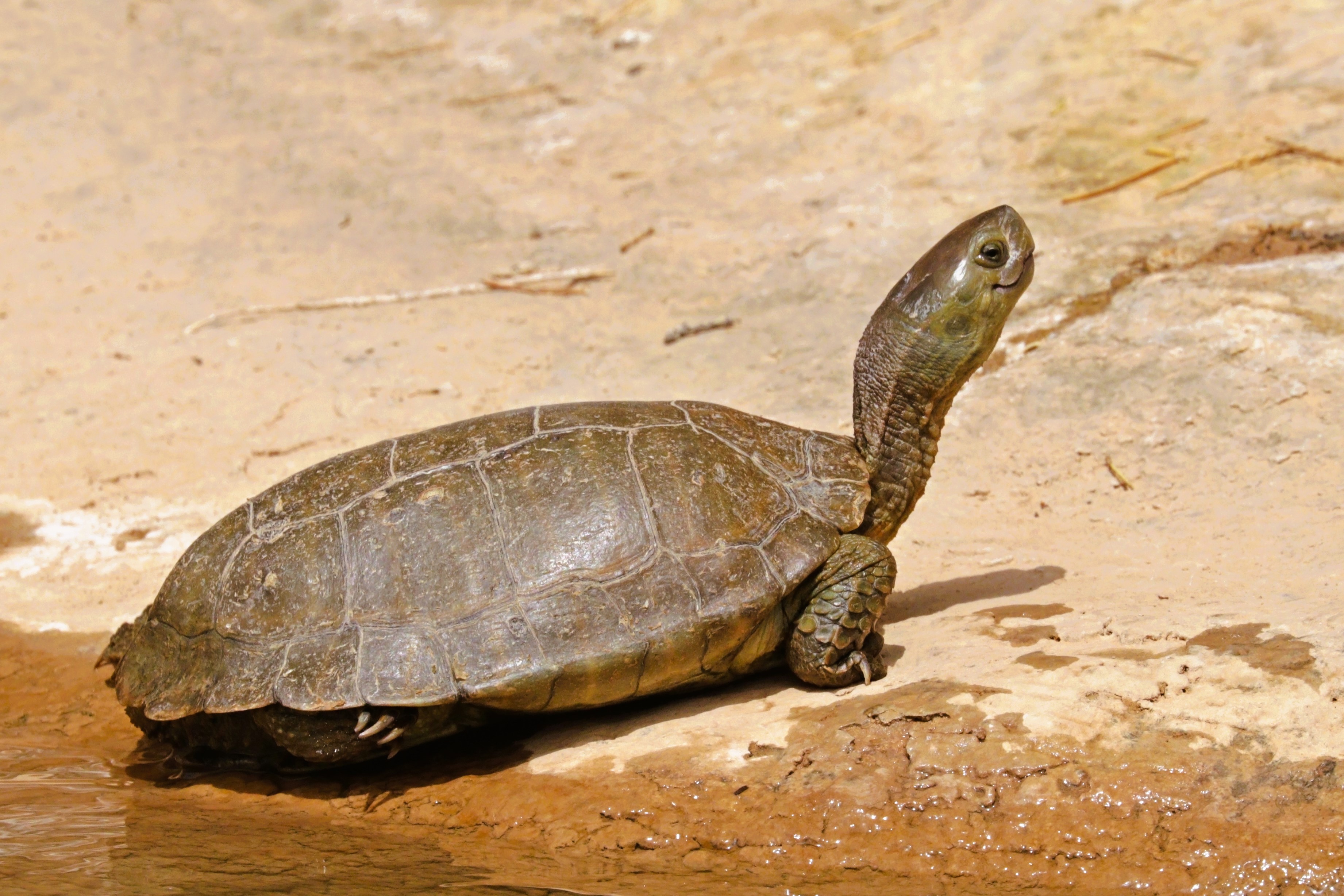
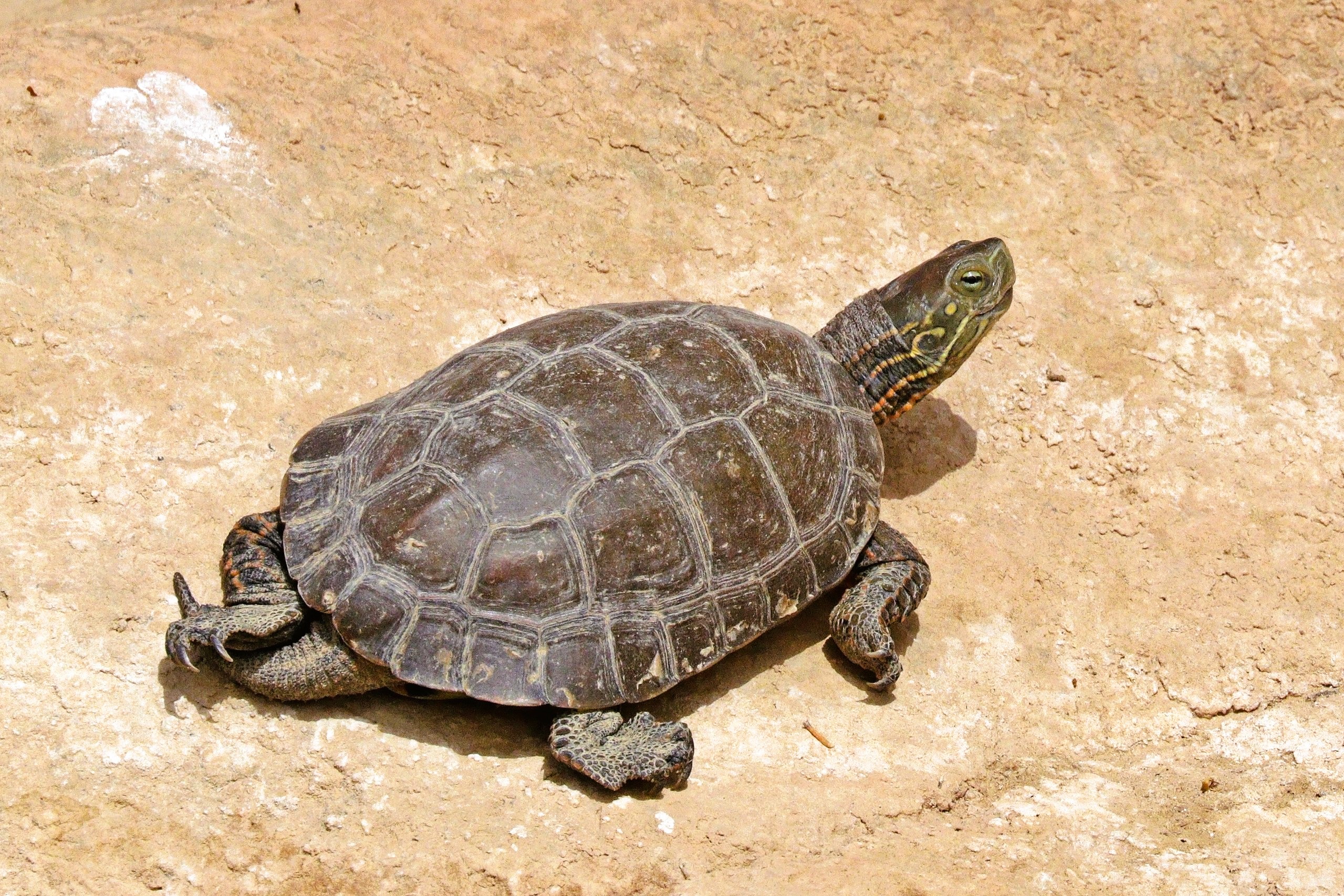
Reptilia → Testudines → Cryptodira → Testudinoidea → Geoemydidae → Mauremys → Mauremys leprosa
Testügin spagnöra
The Spanish Pond Turtle ( Mauremys leprosa ) is a medium-sized aquatic reptile, with a generally oval and low carapace, olive-brown in color with lighter stripes and speckling, sometimes slightly marbled.
Sexual dimorphism becomes noticeable from subadult age: females can reach 10 in (25 cm) in length, while males, which are smaller, range from 6 to 8 in (15 to 20 cm).
Weight can vary significantly but rarely exceeds 2.2 lb (1000 g) in the largest females.
Females are also distinguished by a more domed carapace and a flat plastron, while males have a much longer and sturdier tail as well as a slightly concave plastron.
Juveniles display much brighter colors, with more distinct yellowish-green stripes both on the carapace and neck.
With age, the coloration tends to darken and lose vibrancy.
Signs of wear, abrasion, or irregular growth are not uncommon in individuals originating from impacted environments.
Native mainly to the Iberian Peninsula and the Maghreb, Mauremys leprosa has been introduced to several Italian regions, including western Liguria, where it is considered a non-native species.
In this area, its presence is mainly reported in coastal wetlands, artificial water bodies, and slow-flowing watercourses.
The local distribution is extremely fragmented and closely linked to accidental or intentional releases of individuals, often stemming from the pet trade.
Reproductive clusters are observed especially near peri-urban and agricultural areas that offer some environmental continuity with wetlands.
Mauremys leprosa prefers freshwater aquatic environments, such as ponds, permanent small lakes, wide canals with abundant aquatic vegetation, slow-flowing watercourses, backdune wetlands, reed-covered marshes, and artificial basins with natural banks.
It also adapts to secondary ecosystems like artificial reservoirs and irrigation ponds, showing remarkable tolerance to various environmental conditions, including a certain resistance to water pollution.
The species is mainly diurnal, spending many hours sunbathing on logs, rocks, or banks, often in groups.
Annual activity depends on temperature: in the milder areas of western Liguria, activity extends for many months, with only a short period of winter slowdown during the coldest times.
Reproduction occurs between late spring and early summer; females lay between 4 and 13 eggs in holes dug in sandy or earthy substrates near bodies of water.
The incubation period lasts on average between 60 and 75 days, but can vary depending on the year’s climatic conditions.
Hatchlings are shy and quickly take refuge in water at the slightest disturbance.
The diet of Mauremys leprosa consists mainly of animal prey: in juveniles, aquatic insects, small crustaceans, larvae, tadpoles, and occasionally small plant material are predominant.
In adults, the diet broadens to include small fish, amphibians, mollusks, annelids, and various aquatic invertebrates; it is also not rare for it to feed on organic remains and aquatic vegetation, playing the role of an “opportunist” in its ecosystem.
Feeding capacity varies with resource availability and is also influenced by the level of competition with other species.
In Liguria, the Spanish Pond Turtle ( Mauremys leprosa ) faces several threats:
The presence of Mauremys leprosa in western Liguria represents a management and conservation concern: although the species appears less invasive and impactful compared to other exotic turtles, it nevertheless poses a threat to the integrity of native communities.
It is characterized by high resistance to pollution and an impressive ecological versatility, managing to colonize marginal environments and areas heavily modified by humans.
Local populations are actively monitored to assess the impact on ecosystems, prevent further expansion, and plan targeted control actions.
Public awareness initiatives and monitoring are fundamental to limit new releases and safeguard the habitats of native species.
Compared to other non-native species such as the Red-eared Slider ( Trachemys scripta elegans ), Mauremys leprosa shows lower competitive ability, but its presence must still be constrained and managed with care.